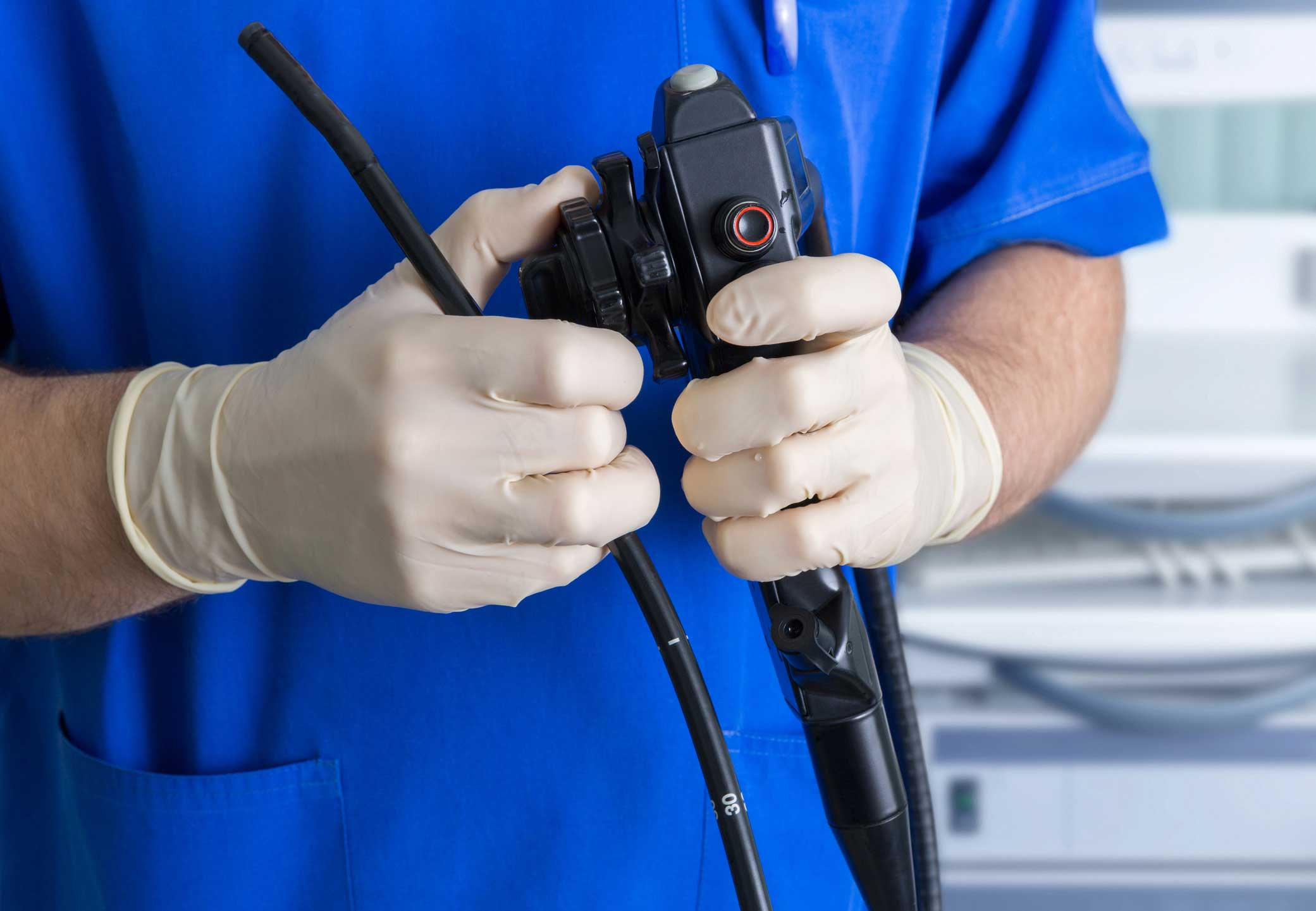By Noreen Kirk
Special to The News Hub
New techniques let doctors treat early cancers and other disorders of the gastrointestinal tract without the risks of conventional surgery.
Physicians have used endoscopic procedures such as upper endoscopies and colonoscopies for decades to examine the interiors of the gastrointestinal tract, including the esophagus, stomach and colon. A tube with a camera attached is inserted through a natural opening in the body to allow physicians to diagnose cancers and other GI problems. Now endoscopy also can be used to treat such problems.
Hartford Hospital gastroenterologist Michael Karasik is performing sophisticated endoscopic “microsurgical” procedures that are available at only a few dozen centers in the country. Karasik pioneered them in Connecticut.
Your Anatomy — And A New Approach
Think of your GI tract as a tube running through your body. The hollow interior of the tube is called the lumen. Surrounding the lumen are several layers: the mucosa, the submucosa, the muscle layer and, finally, the outside wall of the organ.
In the past, only small, noncancerous lesions in the mucosa could be removed endoscopically. Patients with larger, cancerous tumors or tumors in the submucosa had to have open surgery. That meant an incision, removal of part of the organ (and reconnection of the two ends), a lengthy hospital stay, a long recovery and a substantial risk of complications.
The breakthrough in endoscopic surgery, Karasik says, is that, “We can now work in any layer of the GI tract. As long as a cancer is found early, we can remove even large tumors in a single piece, as a surgeon would, but without removing a section of the organ.”
The same innovations enable him to treat muscular abnormalities of the esophagus.
How It’s Done
Using the endoscope and tiny instruments, Karasik removes the tumor from the layers where it’s located and seals the area closed. Even if the tumor is in the outer layer of the organ’s wall, it can be removed endoscopically, thanks to advances in endoscopic suturing. Only a small, full-thickness wedge of the organ is removed, rather than a whole section. Complications are markedly reduced. Most patients go home the next day. Outcomes are equivalent to open surgery.
Karasik has performed more than 75 endoscopic surgical procedures and typically performs four each month. He stresses that endoscopic surgery is only for early cancers; not for advanced tumors.
Endoscopic surgery also can be used to treat disorders such as achalasia, in which food can’t move through the muscular valve between the esophagus and stomach. The physician performs a POEM (peroral endoscopic myotomy) procedure. Once within the lumen, the doctor makes an incision into the submucosal layer and tunnels along it to cut the circular muscle, relaxing the sphincter and eliminating symptoms.
Thanks to these leading-edge techniques, Karasik says, “Many patients can have curative surgery, without pain, with far fewer complications and without any life-altering anatomical changes.”
For more information about gastroenterology at Hartford Hospital, click here.

